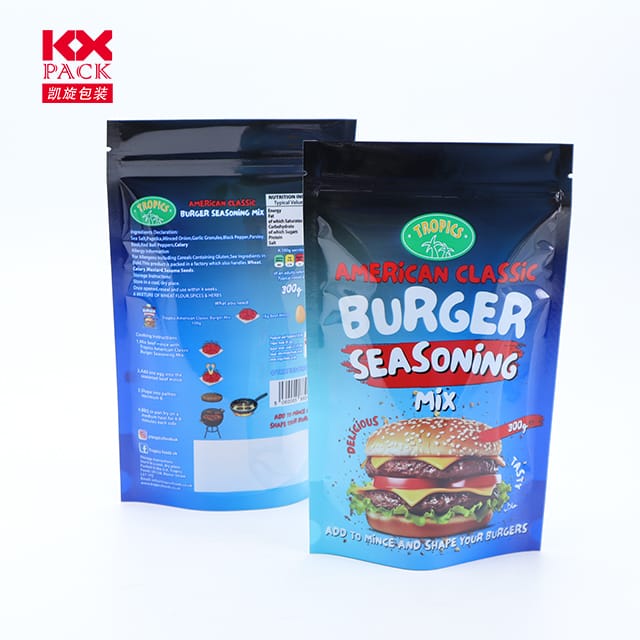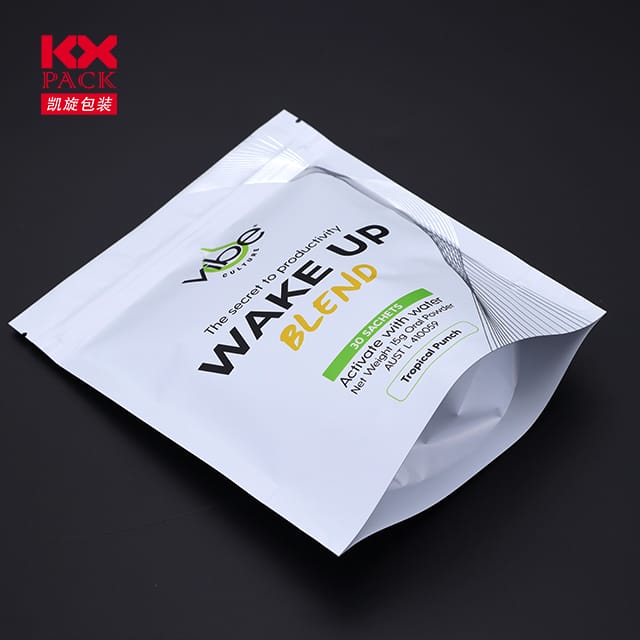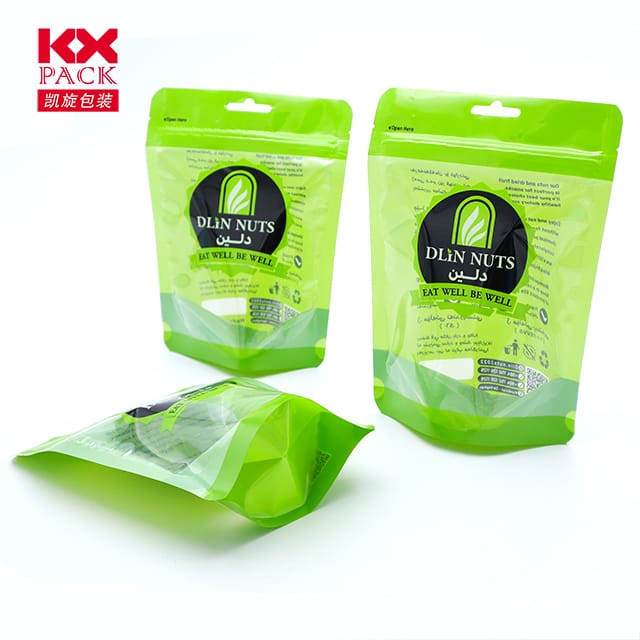Evoluția și inovația filmului de plastic de calitate alimentară: Asigurarea siguranței și durabilității
Film de plastic de calitate alimentară
In today’s food industry, food grade plastic film stands as a cornerstone of packaging innovation, Echilibrarea siguranței, funcționalitate, și responsabilitatea mediului. Ca cerere globală de alimente ambalate, La fel și nevoia de materiale avansate care protejează produsele fără a compromite sănătatea sau planeta. Let’s delve into the world of food grade plastic films—their types, aplicații, risks, și tendințele viitoare.
What Makes a Plastic Film “Food Grade”?
Food grade plastic films are engineered to meet stringent safety standards set by regulatory bodies like theU.S. FDA (Code of Federal Regulations Title 21) șiEU’s 10/2011 regulation. These materials must:
- Not leach harmful chemicals into food.
- Withstand temperature variations during storage, transport, and heating.
- Resist degradation from acids, fats, or moisture in food.
- Be traceable to ensure compliance with safety protocols.
Common food grade polymers include:
- Polietilenă (PE): HDPE (rigid containers) and LDPE (Filme flexibile, împachetări).
- Polipropilenă (PP): Microwave-safe containers, thermoformed trays.
- Tereftalat de polietilenă (ANIMAL DE COMPANIE): Transparent bottles, blister packs.
- Clorura de polivinil (PVC): Used cautiously due to potential phthalate migration.
- Bio-based Alternatives: PLA (acid polilactic) and starch-based composites for eco-friendly options.
Key Applications in Food Packaging
- Cu amănuntul & Consumer Packaging
- Produse proaspete: LDPE films extend shelf life by regulating oxygen and moisture.
- Dairy & Băuturi: HDPE jugs and PET bottles dominate for their lightweight durability.
- Ready-to-Eat Meals: PP trays withstand microwave heating (up to 120°C).
- Industrial & Bulk Handling
- High-Barrier Films: Multi-layer structures (De ex., PA/EVOH/PE) prevent oxygen ingress for meat, brânză, and coffee.
- Flexible Pouches: Stand-up pouches with zippers and spouts enhance convenience.
- Specialty Uses
- Modified Atmosphere Packaging (MAP): Films adjust gas composition to slow spoilage.
- Smart Labels: Temperature-sensitive inks or QR codes track freshness.
Risks and Challenges
Despite their benefits, food grade plastic films face scrutiny:
- Chemical Migration: High temperatures or acidic foods may cause additives (De ex., plasticizers) to leach.
- Microplastics: Fragmentation during use or disposal raises environmental concerns.
- Obstacole de reciclare: Mixed-material laminates (De ex., aluminum/PET) complicate recycling.
Sustainable Innovations Shaping the Future
The industry is pivoting toward eco-conscious solutions:
- Biodegradabil & Filme compostabile
- PLA, derivat din amidon de porumb, decomposes in industrial composting facilities.
- PHA (polyhydroxyalkanoates) offers marine-degradable options.
- Recyclability Advancements
- Monomaterial Designs: All-PE or all-PP structures simplify recycling.
- Chemical Recycling: Breaks down plastics into raw materials for new films.
- Regulatory Push
- The EU’s Single-Use Plastics Directive bans non-recyclable films by 2030.
- China’s GB 4806.7-2023 standardizes food contact materials, encouraging domestic innovation.
- Tech-Driven Solutions
- Nanocoatings: Enhance barrier properties without adding thickness.
- Active Packaging: Incorporates antioxidants or antimicrobial agents.
Consumer Tips for Safe Usage
- Avoid Heating PVC or PS Films: These may release toxins.
- Check Recycling Codes: #2 (HDPE), #4 (LDPE), și #5 (PP) are safer choices.
- Limit Single-Use Films: Opt for reusable silicone lids or beeswax wraps.
Drumul Înainte
The food grade plastic film market is projected to reach$51.9 miliarde de 2030, driven by:
- Emerging Markets: Rising middle classes in Asia and Africa demand packaged food.
- E-commerce Growth: Online grocery sales rely on durable, leak-proof films.
- Circular Economy Goals: Brands like Nestlé and Coca-Cola pledge 100% recyclable packaging by 2025.
Concluzie
Food grade plastic films are indispensable to modern food systems, but their future hinges on innovation and responsibility. By embracing bio-based materials, improving recyclability, and adhering to strict safety standards, the industry can meet consumer demands while safeguarding health and the environment.
As consumers, let’s advocate for transparency and sustainability—because the films that wrap our food should protect more than just its freshness.
What’s your take on food grade plastic films? Share your thoughts in the comments below! 🌱🍎📦







